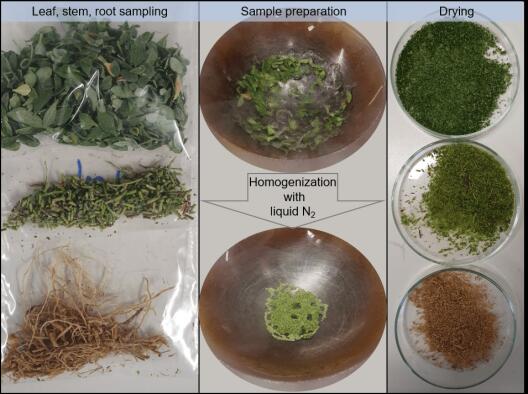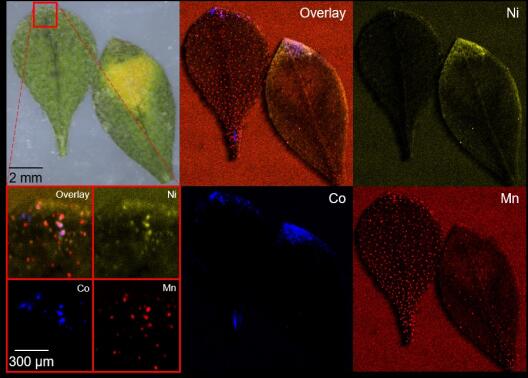Recovering Electrode Materials with the Power of Plants
Due to their high energy density, cathode materials containing valuable metals such as cobalt, nickel or manganese are the power packs of the lithium-ion battery. However, their availability is limited and their extraction requires extensive effort and high costs. Sustainable handling and consistent recycling of the materials are therefore all the more important. A research team led by MEET scientist Dr. Jonas Henschel has successfully developed a new approach to recover metals from the soil by using plants.
"Metal harvesting" by using plants

Certain plant species – also known as hyperaccumulators – have the property of accumulating metals from soil for recovery. Phytomining is called this process of "metal harvesting". Since especially the soils of landfills and disused mines are often contaminated, phytomining offers great potential. "This green technology has two decisive advantages. On the one hand, it benefits from environmental protection by remediating the soil economically and ecologically. On the other hand, previously unused valuable metals are extracted as raw materials for new batteries or can be returned to material life cycles," explains Jonas Henschel, who researches at MEET and is actively involved in setting up the Research Fab Battery Cells located in Münster.

In close cooperation with the Institute of Inorganic and Analytical Chemistry and the Institute of Pharmaceutical Biology and Phytochemistry at the University of Münster, a team of MEET researchers has examined the plant "Alyssum Murale" for its potential to accumulate cobalt, nickel and manganese. The scientists cultivated the plant for several weeks on a soil to which they had added the special metals. Using different spectroscopic methods, they then recovered significant concentrations of nickel, cobalt and manganese in the roots, stem and leaves. In a second experiment, the researchers also proved that the method can be used to recover cathode material from the soil.
Successfully interdisciplinary proof-of-concept study
The detailed results of the interdisciplinary proof-of-concept study have been published as an Open Access article in the specialist journal Recycling. Co-authors are Jonas Henschel, Maximilian Mense, Patrick Harte, Marcel Diehl, Julius Buchmann, Fabian Kux, Dr. Sascha Nowak and Prof. Dr. Martin Winter from MEET Battery Research Center, Lukas Schlatt and Prof. Dr. Uwe Karst from the Institute of Inorganic and Analytical Chemistry and Prof. Dr. Andreas Hensel from the Institute of Pharmaceutical Biology and Phytochemistry.

